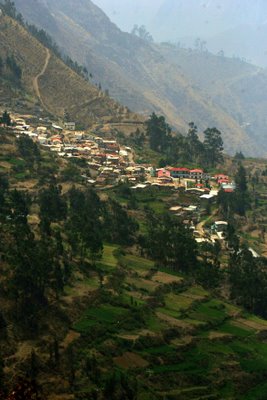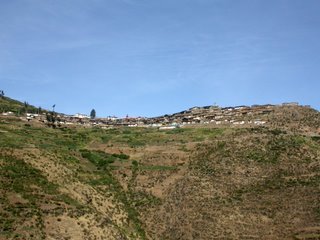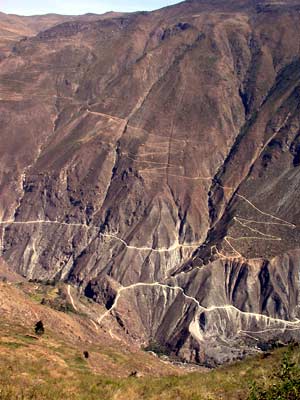Santos Montenegro – The spatuletail kid
In November 2003 Roger Ahlman came back to Lima after a Kolibri Expeditions trip ecstatic about having seen a lek of Marvelous Spatuletails. Several males dancing in mid-air with their tails over their heads. Santos Montenegro was the local kid (looked a kid but was already 23 at the time), who showed the lek to Roger and has been a protégé of Kolibri Expeditions since. Kolibri Expeditions raised the money so that Santos could purchase the area.
In April 2008 this display was filmed with high speed camera by the BBC for the Attenborough series Life and Santos was the person who guided the film crew to the lek on a property set of for the conservation of Marvelous Spatuletail.
A sour aftertaste is that the BBC did not make effort to make sure this unique site was conserved for the future and paid Santos less than 300 dollars for the unique footage. I made a futile intent to write David Attenborough but had CERO response.
Here is an interview I did in November last year with Santos. I hope by sending around this interview it shall be possible to raise the $5000 necessary to make a visitor center and a community sustainable development project at Santos reserve.
Santos Montenegro Interview
When did you start watching birds, Santos?
Santos: Year 2000
And why? Why did you start watching birds?
I was curious. I was working in my chacra (field) up the Rio Chido trail, where I bumped into a man who was looking for the Marvelous Spatuletail. It was Rob Dover who has a tourism operator agency in Chachapoyas and three people more who were looking for Marvelous Spatuletail. I walked up to them because I was curious and they showed me a painting of the bird from the Birds of Peru
book to be published by Clements and Shany. I told them that at my chacra there are loads of them. (laughs).
Was that true, or an innocent lie?
Yes, it was true. There were lots there.
They were surprised to hear this, as they had spent 5 days without seeing the bird, and consequently decided to try the next day. At 6 Am they showed up at my house and together we went to my Chacra.
And they saw it.
And they were very happy.
How much did they pay you that time?
They gave me 200 soles (around 70 dollars).
Wow, 200 soles. They must have been very happy?
They were extremely happy. I was also very happy. They were some photographers who wanted to take a photograph of this little bird. They must have been very happy to pay 200 soles. (One of the photographers was James Hecht who managed to get the first good photographs of the species.)
What were you thinking? That much money for just a bird?
Indeed. I was thinking: Can that bird be worth that much? It completely changed my way of looking at birds. From that moment on I started looking for birds. It changed me. I went into the fields specifically looking for birds and I really liked birdwatching.
Later birdwatchers started looking for me. Roger Ahlman was shown 3 males in 2003. The next year I went with you to Abra Patricia and Tarapoto. You persuaded your clients to donate a birdbook to me.
There was another guide Edilberto that I had used previously, but he was not to be found when Roger went nor when I met you for the first time. I understand there was some competition between you.
Edilberto later moved to Lima. From that time on after going with you to the other places I really got into birding. And of course even more now.
How many birders have you guided?
Santos: Some 300 in total. Most of them have visited our reserve.
And then BBC came. When was this?
April 2008 and they stayed 3 weeks. Filming not only at the reserve but also the ECOAN:s visitor center at Huembo. The best place for filming was at our reserve.
How many days did they film there?
Around a week.
How much did they pay you? Were you with them the whole time
800 Soles (US$282) for the 3 weeks – during which I was practically with them the whole time.
But you did also have your salary from ECOAN at the same time – so it was extra money.
I still had to check on the visitors center an hour or so per day.
The pay I suppose could have been better considering how much your first group paid you for just a mornings work, but considering not too bad. What bugs me is that BBC did not offer any donation to the reserve where the lek is. What are the urgent actions needed to make the reserve easier to visit and how to diminish envy among your neighbours?
Leading water from above the reserve to the villagers would be a fantastic convincing action that would make all my neighbours in favour of the reserve.
Would the neighbours be committed?
Yes! I asked the president of the community. If we could get money to buy all the piping from the visitors that visit the reserve, would the community be in favour and provide the labour? Por Dios! That would be fantastic, he said.
They also have to commit to conservation. It would be put as a condition. They put aside some already forest area to join the reserve and in turn get the much needed water for the pastures. We’d make a meeting and everyone signs a document of commitment. It would be no problem.
Could there also be a visitor center there in the reserve? What is your vision.
That would be fantastic. It is until now the best place to observe the Spatuletail – and especially the lek. This could be a place where the community sells some handicrafts. Later there could be sales of food and drinks, and souvenirs.
Let’s see what the results of this interview could bring. Hopefully BBC will see it and may in conscience make a donation. Also the tourists visiting will be an asset for the community as we can ask them to bring gifts such as school material, clothes for the kids, etc – like some groups we brought in the past.
Yes the people were very happy because of this.
Do you think the fact that there is already ECOAN:s visitor center would mean competition for them or for you?
No, they would compliment each other. People like to see the birds also at the lek between December-May. This time of year is also good for Pale-billed Antpitta which sings only in the wetter season.
What is the estimated cost to lay down the tubing and how many meters would be needed?
It’s around 1500m of PVC 2 inch tubing that is needed. Have to calculate the exact cost of the material needed. But more or less $3000 should do the trick.
And for a basic observation platform with roof and a sales area, to start with without toilets. How much?
With the community members doing the work around 6000 soles ($2120)
So overall just a little above 5000 dollars to make a fantastic project with your neighbours!
Yes.
Hire Santos as a guide!
I recommended Santos to ECOAN when they needed a person who could do bird surveys in the area. I also insisted he’d be contracted receiving the social benefits established by law. This has proven very important now that his wife is seriously ill and in public hospital in Chiclayo.
Santos is on a cross road in which he could start earning a much better salary as a birdguide. Unfortunately, we could not get a group together for June, but I just thought of another option for Santos. To start with he could join independent groups as a guide. He knows the birds between Pomacochas and Tarapoto very well after the trips he did with us. I hope some independent birders would take him along also all the way from Chiclayo so he gets experience along the full length of the road during June to mid-August 2010. Just cover his costs during the areas he does not yet know and pay him 35 dollars per day for the areas he knows. You can pride yourself of the making of a guide! I am sure Santos will become one of the great Peruvian bird guides very soon. Write me if you are interested at kolibriexp@gmail.com so I can coordinate with Santos. You pay to Santos directly!
Santos is learning English with lessons on an MP3 player – but he could use some practice with bilingual birders. He does know all the bird names in English of the birds between Pomacochas and Tarapoto – and most the calls. He is the only birder I know that IDs the spatuletail on flight calls.
Additional resources.
- PBS High Speed camera film of Hummingbirds including Marvelous Spatuletail. Not available in South America due to license restriction. Try using a Proxy if you can’t see it.
- BBC Life Attenborough Marvellous Spatuletail video in high speed. Unfortunately this great video can’t be inbedded.
- Don Roberson’s species account of Marvelous Spatuletail with James Hecht’s original pics. Give you some of the background of the discovery of the species. I don’t agree with Parker’s assumption that the ratio is 5 fem/juv to 1 male. To me it seems they feed in partly in different areas and with different feeding strategy. The males often keep very low and retracts into the bushes which make the extraordinary difficult to see sometimes.

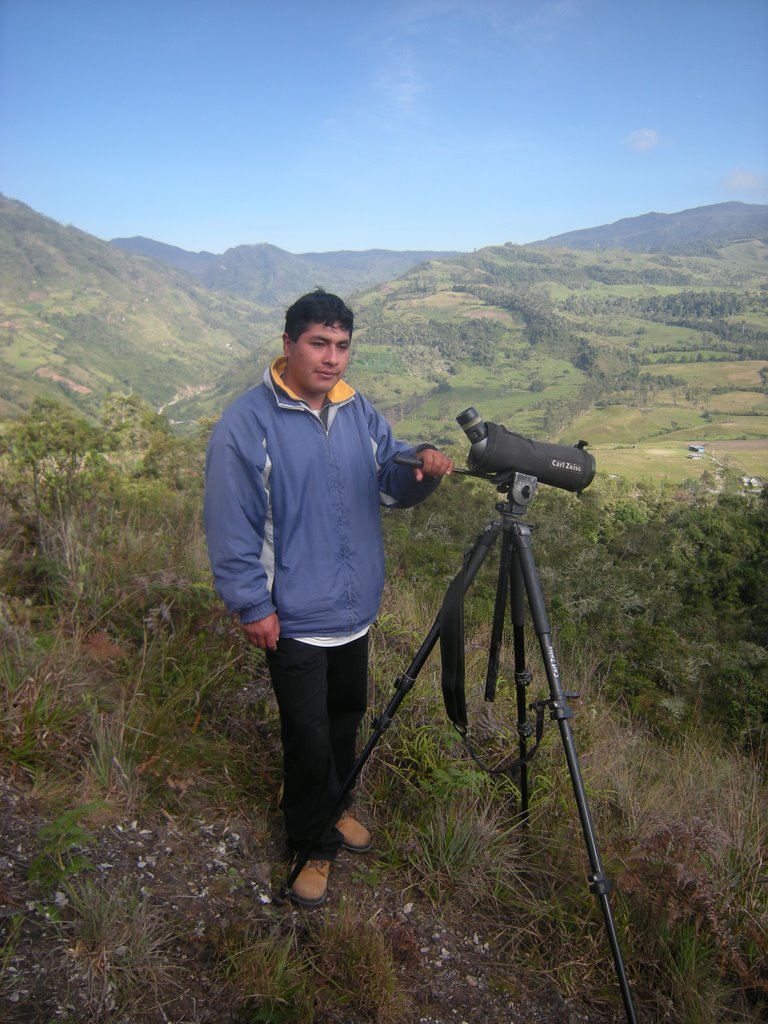
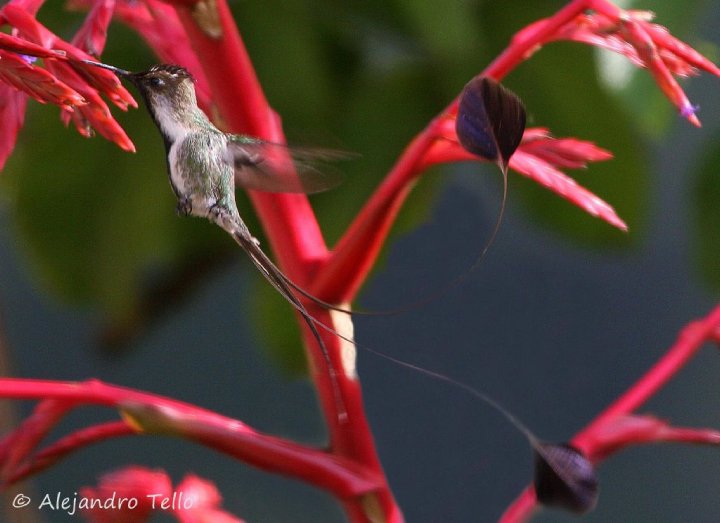
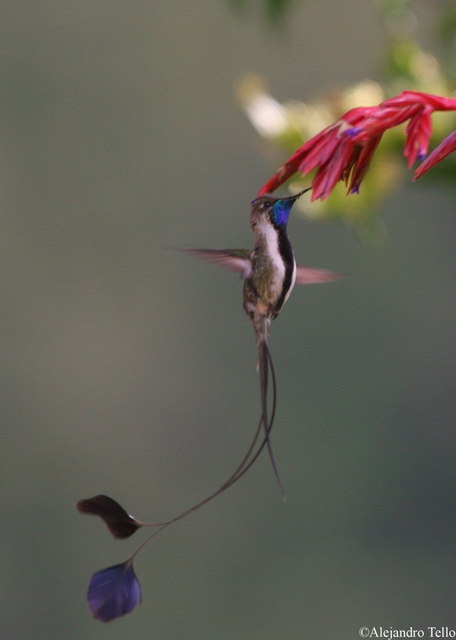
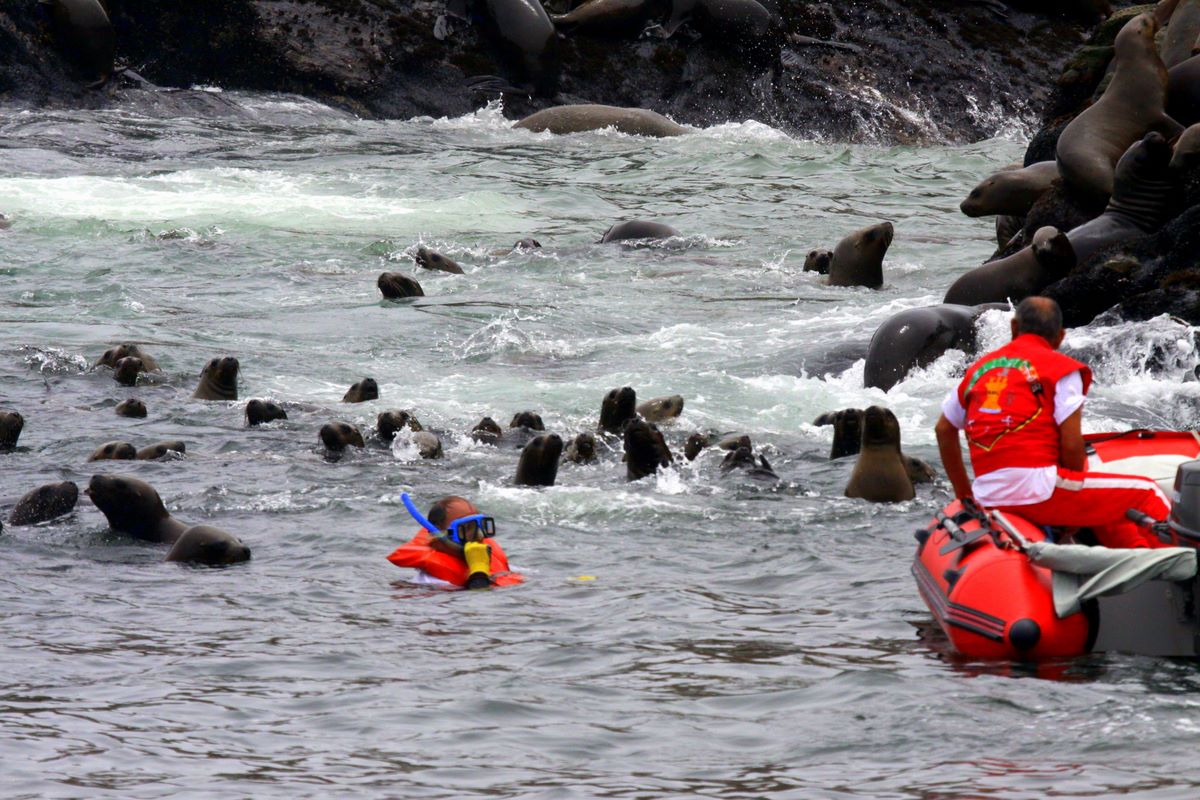
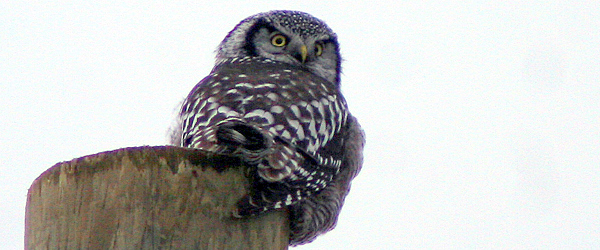
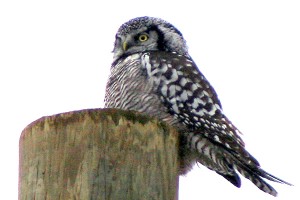

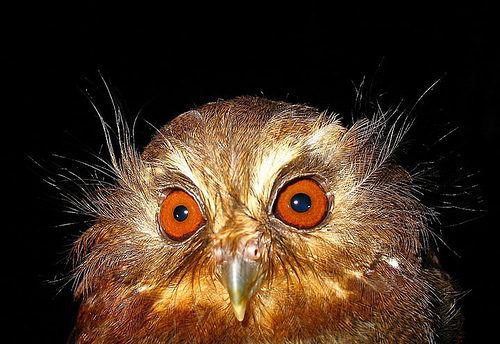
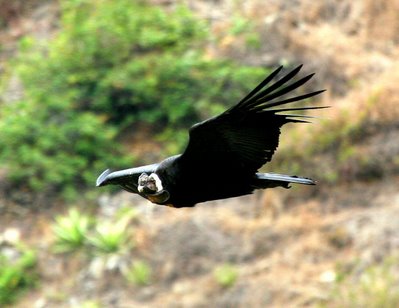


 That this area has very good wildlife is indicated by the finding on our excursion of this cat. It is a Pampas Cat Leopardus pajeros. (Thanks to Javier Barrio and Eduardo Ormaeche for pointing in the right direction to its identity.)
That this area has very good wildlife is indicated by the finding on our excursion of this cat. It is a Pampas Cat Leopardus pajeros. (Thanks to Javier Barrio and Eduardo Ormaeche for pointing in the right direction to its identity.)